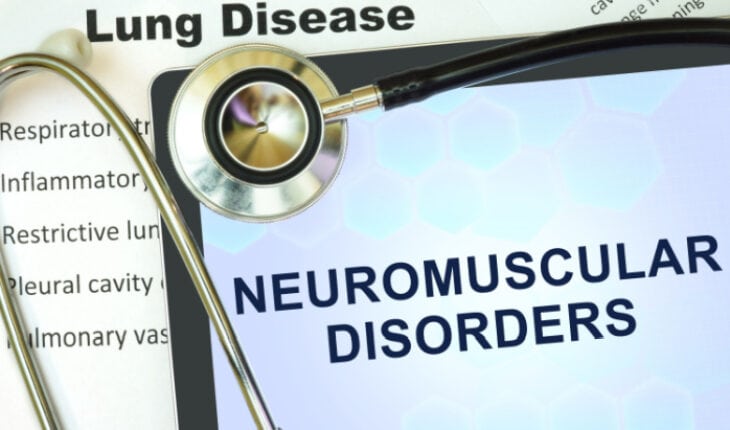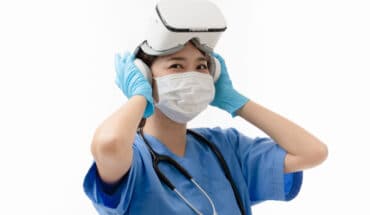A researcher from the University of Glasgow has received an EPSRC Open Fellowship to develop new wearable technology capable of measuring the progress of neuromuscular diseases.
Professor Hadi Heidari has been awarded £1.8m from the Engineering and the Engineering and Physical Sciences Research Council to develop a new wearable sensor system.
It will provide less invasive, less painful, and more accurate feedback on electrical activity inside the muscles of patients living with conditions like muscular dystrophy, Parkinson’s disease and motor neurone disease.
Doctors often use a process called electromyography, or EMG, to measure the electrical current in patients’ muscles.
Monitoring the electrical activity in muscles can help to diagnose neuromuscular conditions and monitor their progression over time.
While EMG measurements can be taken with electrodes attached to patients’ skin, more precise measurements can require thin needles to be inserted directly into patients’ muscles.
Professor Heidari’s project, called Super-Resolution non-invasive muscle measurements with miniaturised magnetic sensors, or SUPREMISE, will develop a needle-free method of taking ultra-precise measurements of muscle activity.
It will take the form of a wearable device similar to a smart watch that can measure patients’ muscle activity using magnetomyography, or MMG. MMG monitors the tiny magnetic fields created by muscles when contract or relax.
Working with colleagues at the University of Edinburgh, Prof Heidari and his team at the University of Glasgow’s Microelectronics Lab will develop a new MMG sensor based on cutting-edge sensing technology and a new microchip which will use artificial intelligence to pick MMG signals out of background noise.
Professor Heidari, of the James Watt School of Engineering, said: “Diagnosing and monitoring serious neuromuscular conditions can require the regular use of needles, which can be painful and unpleasant, particularly for older people and children.
“MMG has the potential to deliver improved results with less invasive measures, but the technology is still relatively new compared to EMG and there is a lot of work to be done to fully realise that potential.
“SUPREMISE brings together some of the UK’s leading biomedical researchers and clinicians to develop a miniaturised, affordable and portable MMG monitoring system which would replace the bulky and expensive equipment which is the current state of the art.
“In addition to the clinical benefits SUPREMISE is setting out to deliver, there’s also potential for this kind of ultra-sensitive muscle movement sensor to find further applications in human-machine interfacing like extended reality, gaming and consumer electronics.”
Professor Kianoush Nazarpour, of the University of Edinburgh, is co-investigator on the SUPREMISE fellowship and will help to determine the right channel to accelerate the progress of this research to higher readiness levels.
After the first two years of research to validate the technology, it will be field-tested over the following three years with real patients in neuromuscular treatment clinics at the Queen Elizabeth University Hospital in Glasgow, Ostschweizer Children’s Hospital in Switzerland and University Hospital Tübingen in Germany.
In addition to the Open Fellowship funding from EPSRC, part of UK Research & Innovation, the University of Glasgow is also funding the creation of a new magnetic shield laboratory in the James Watt School of Engineering to support the SUPREMISE project. The lab will be only the second of its kind in the UK and the first in Scotland.
The SUPREMISE project is also supported by the Medical Device Manufacturing Centre at Heriot-Watt University, Delsys, and the University of Glasgow neurotech spinout Neuranics. Neuranics will be a potential vehicle for the commercialisation of outcomes.
- New lipid-based pathway discovered as key to memory formation - 25th June 2025
- Crucial link could explain how Alzheimer’s takes hold - 25th June 2025
- Understanding Your Mind Can Improve Daily Life - 25th June 2025







